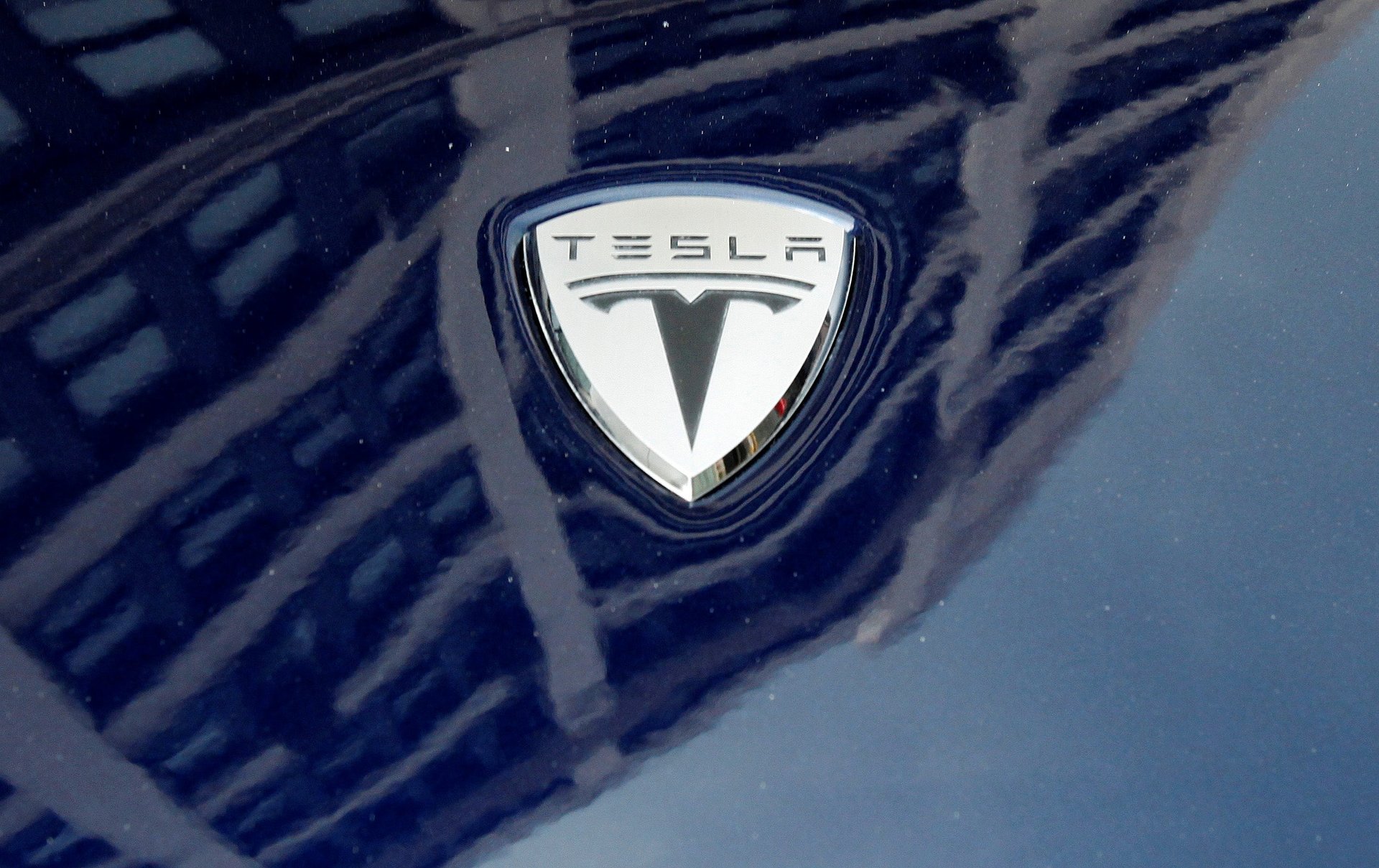Tesla is splitting its stock for the second time in two years
Tesla is executing a 3-for-1 split just two years after a 5-for-1 split

Tesla is doing the splits—again. For the second time in two years, Elon Musk’s electric car manufacturer is splitting its stock.
When the market closes today, Aug. 24, Tesla will execute a 3-for-1 stock split, which was approved by shareholders earlier this month. It comes almost exactly two years after the last such move, a 5-for-1 split, that helped bring the financial practice back in style.
Tesla is one of the most popular stocks for retail traders, who hold about 40% of its shares, according to data from FactSet. And splitting stock—while a largely semantic maneuver—has psychological appeal for retail investors.
Why do companies split their stock?
When a company splits its stock, it changes nothing about its business fundamentals. It’s just simple multiplication and division. Take Tesla: After the bell on Aug. 24, the company will multiply each shareholder’s holdings by three while dividing its stock price by three. As such, Tesla stock will fall from about $900 per share to about $300 per share when the market opens on Aug. 25.
The value of shareholders’ stakes will remain the same, but stock splits can be an effective way to make buying a stock appear to be a cheaper proposition.
In the last few years, a number of big consumer-facing companies have executed stock splits including Apple, Amazon, and Google.
Does stock splitting work?
In anticipation of a stock split, retail purchases typically increase. Tesla stock has risen nearly 13% in the past 30 days, though that’s also attributable to the passage of a landmark US climate bill that gives tax credits to electric car buyers.
The financial data firm Vanda Research found that buying often surges between the announcement and execution of a split, but many investors also sell following the split.
That seems to be the case in the run-up to Tesla’s split as well. In the past five days, Vanda reported, Tesla trailed only Apple in net retail purchases with everyday investors buying $313 million of the stock.
“In typical buy-the-rumour, sell-the-news style, investors tend to drastically scale back purchases of splitting stocks in the weeks ensuing the effective split date, causing price momentum to slow,” the firm wrote in a recent newsletter. “After witnessing this dynamic across several other tech giants over the past couple of years, we believe this time will not be different for TSLA.”